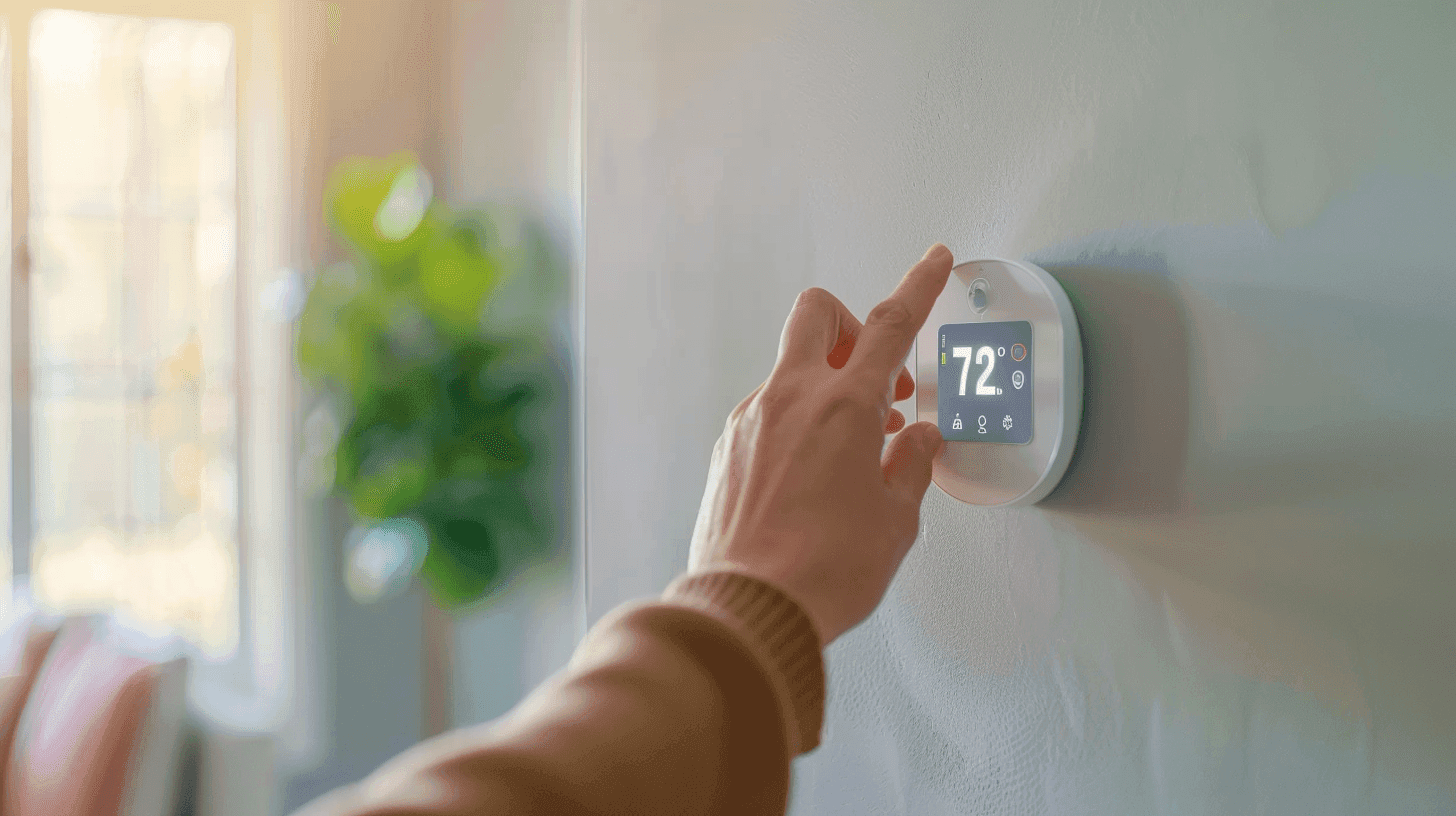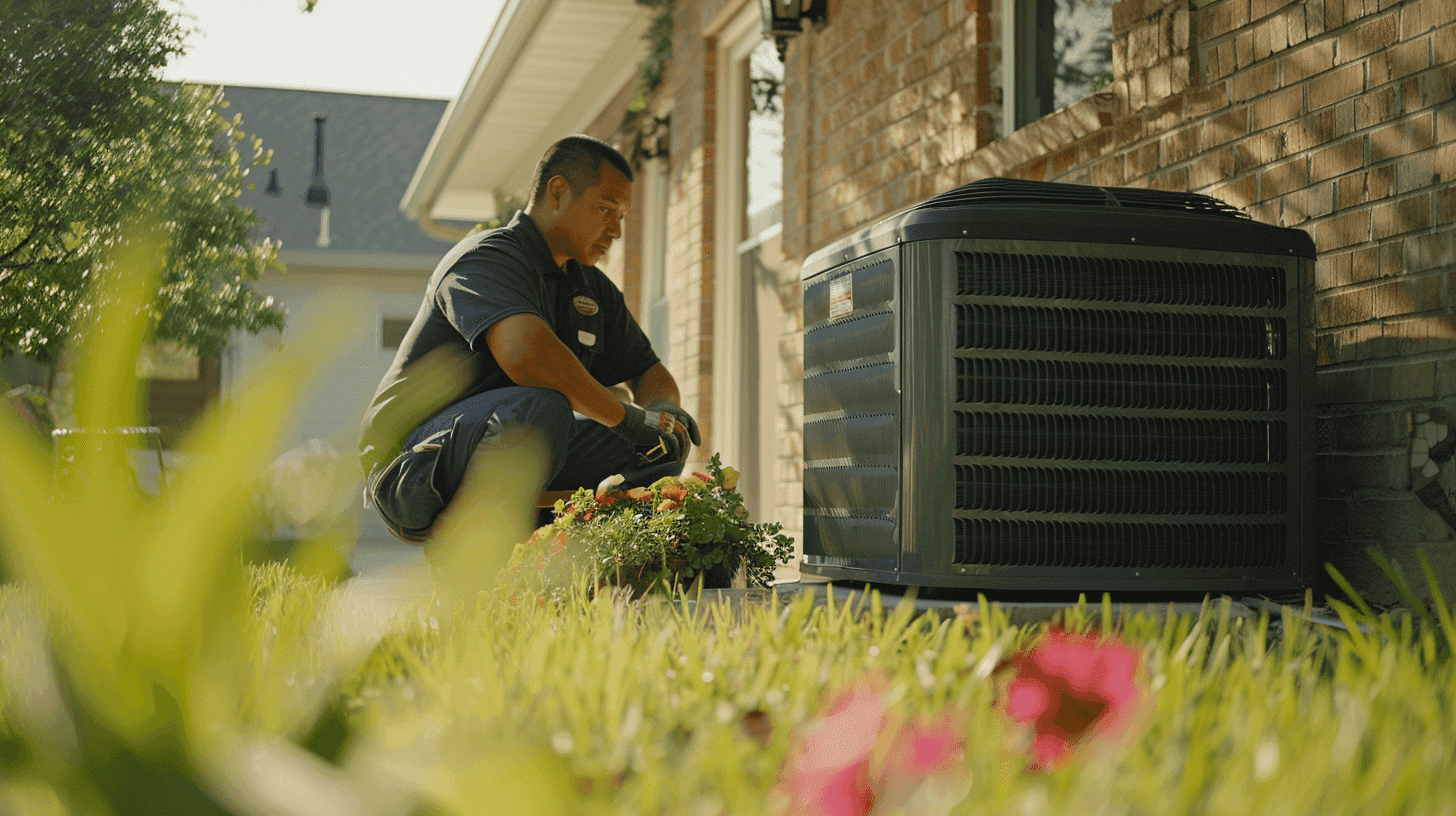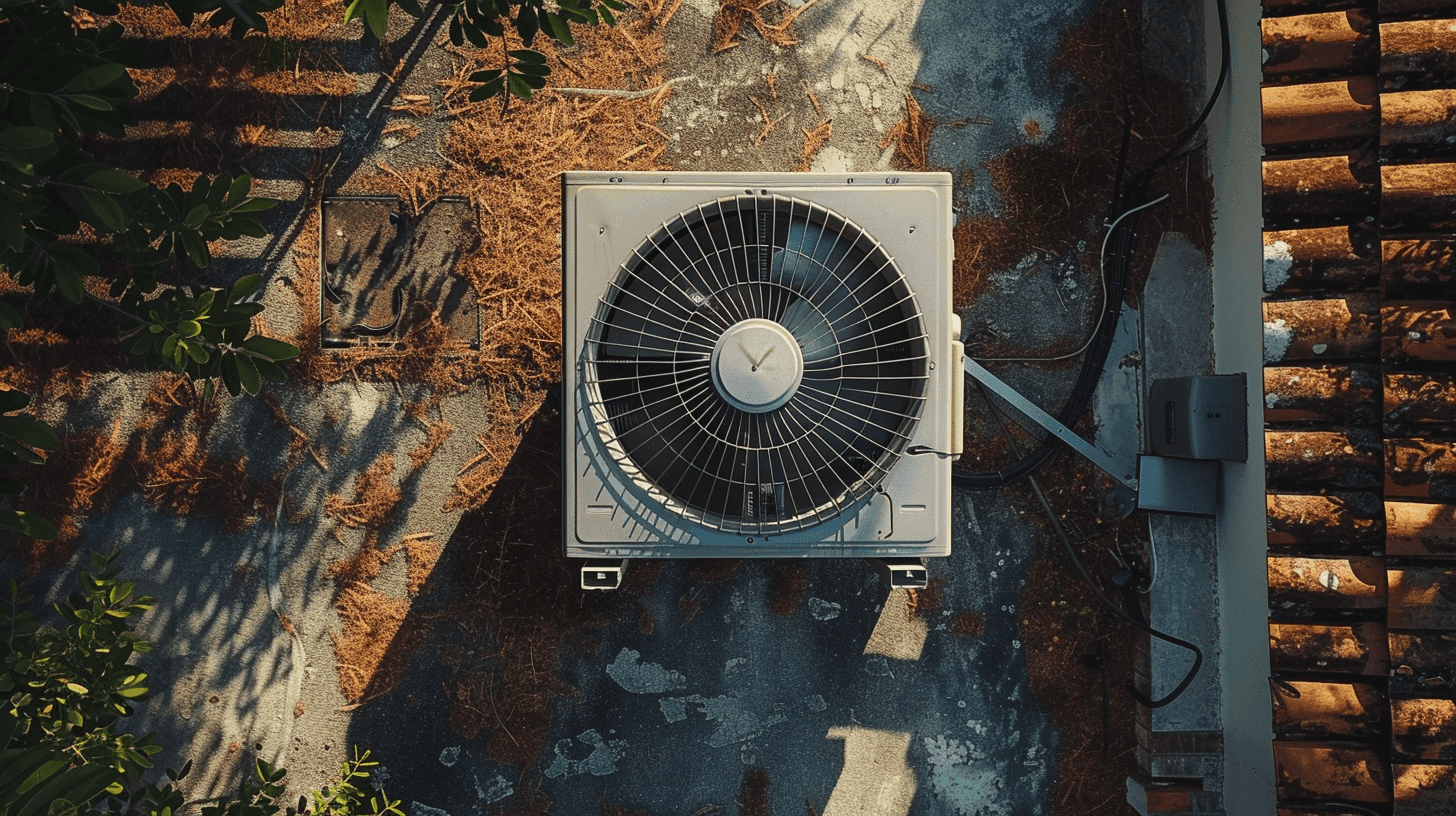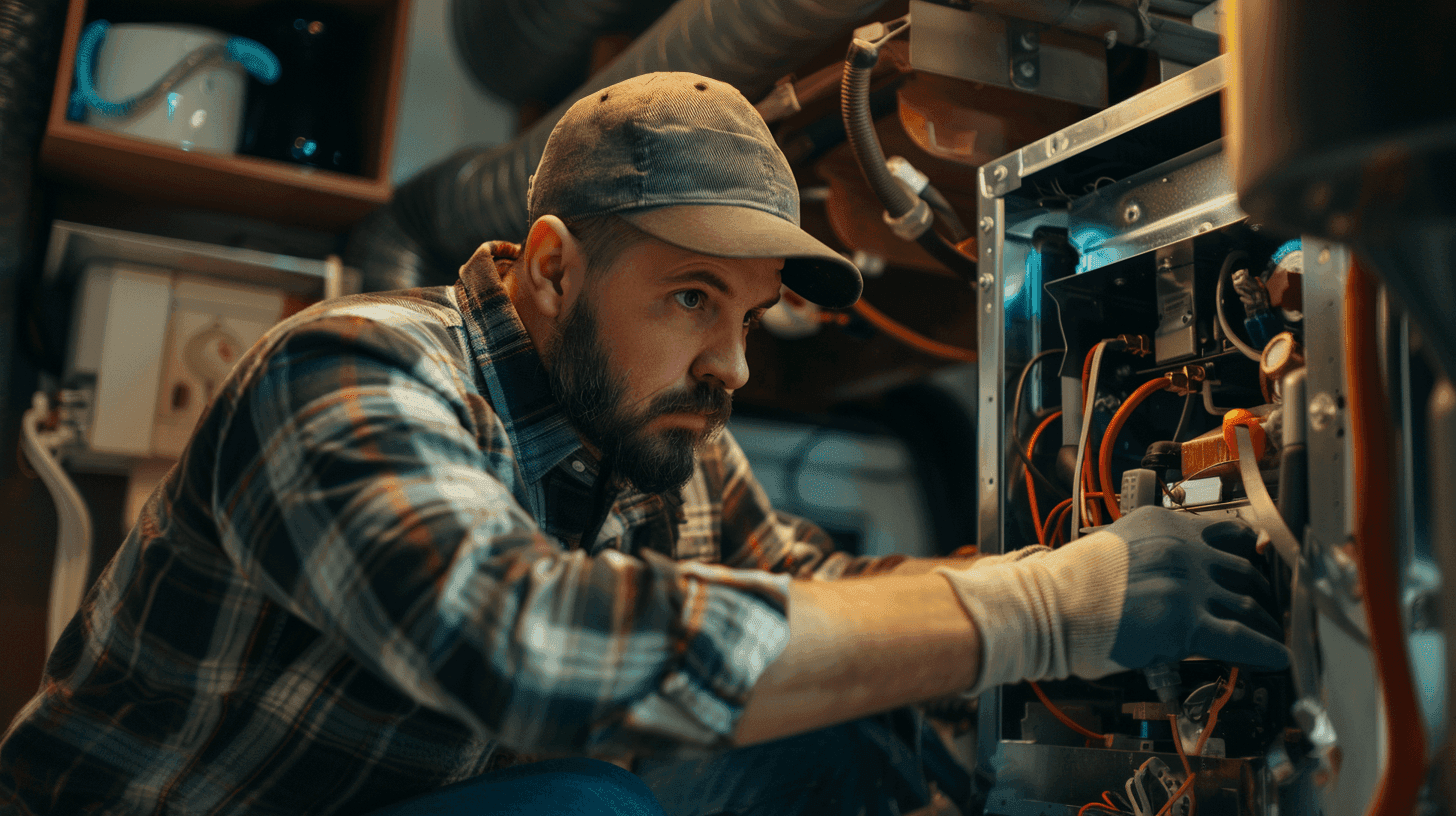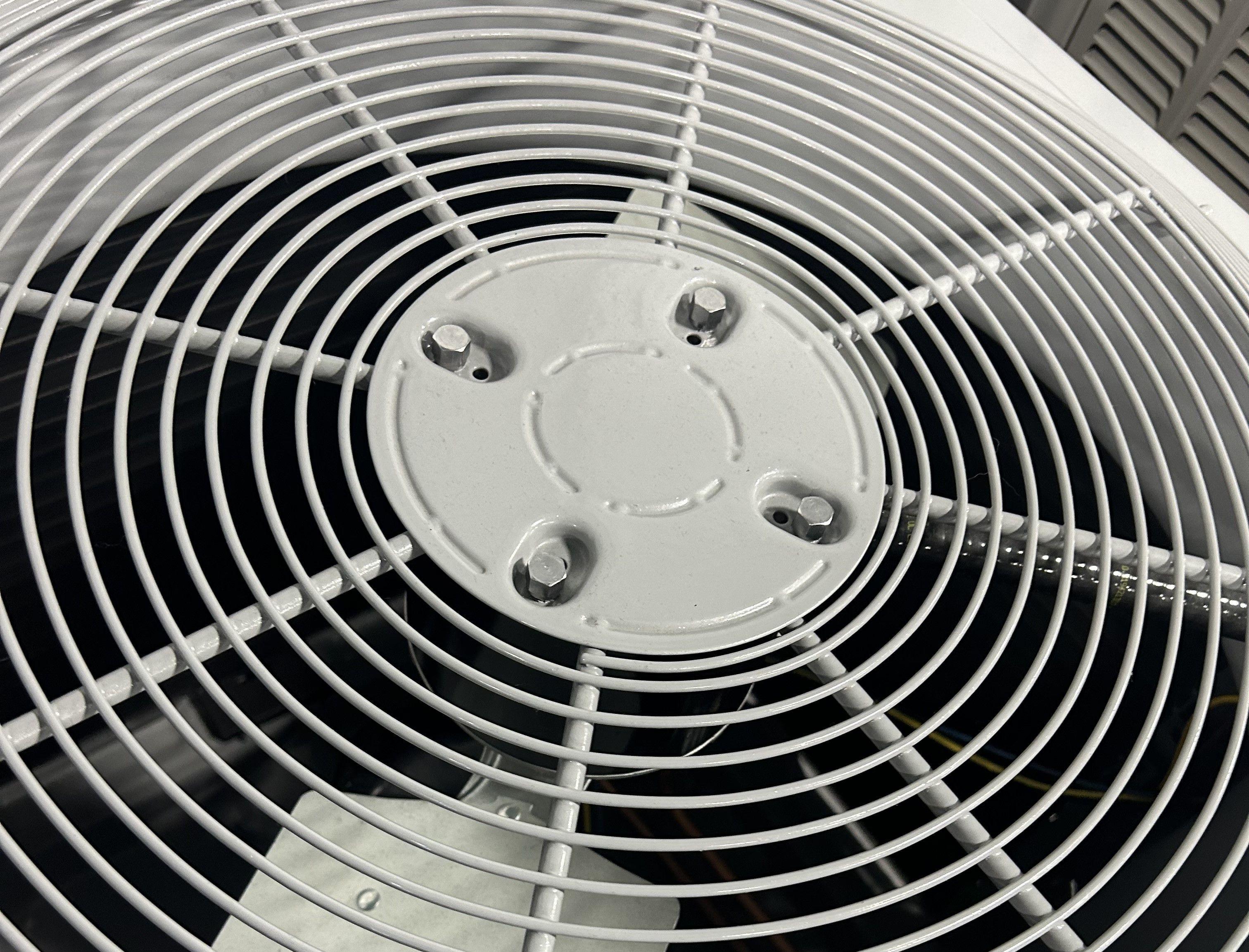
Furnace starts then stops? What to do about furnace short cycling
Sharing your quote takes less than a minute
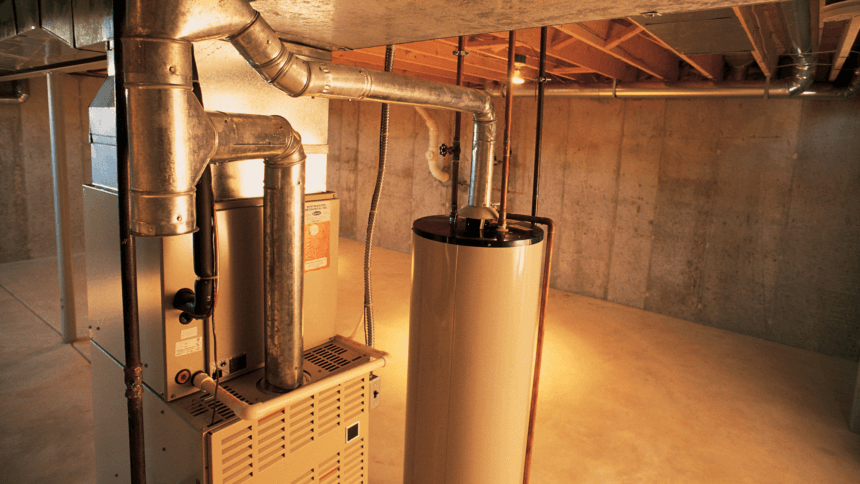
Ah, the sweet bliss of heat…until your furnace cuts off seconds later. If your furnace starts then stops soon after, it’s going through an issue called short cycling.
Furnace short cycling is a common issue, but it can snowball into a costly and dangerous problem for your system. We dive into DIY and professional solutions for a furnace that starts then stops.
Why is my furnace starting then stopping?
A number of furnace problems could cause short cycling. The furnace may be running short cycles due to something as simple as a dirty air filter. However, the unit may also be the wrong size for your home. You’ll probably notice more drastic temperature swings throughout your home if this is the case.
When a furnace short cycles, it will start up then cut off before it finishes heating your home. The term can also refer to an unusual uptick in how often your furnace cycles on-and-off.
Short cycling can be a tricky issue to address. There are many potential causes, and the solution could range from cleaning an inner component to replacing your entire system.
Many furnaces start then stop because they are the wrong size for the space they heat. Before we dive into the right size furnace for your home, let’s explore other potential causes of short cycles.
What causes furnace short cycling?
Improper furnace sizing is a major cause of short cycling, but it’s far from the only one. If you notice that your furnace cycles are shorter and more frequent, there’s a range of potential culprits.
Thankfully, many causes make for a quick DIY fix. Here are some common causes for furnace short cycling and how to fix them.
Restricted airflow
If your furnace isn’t getting proper airflow, the overwhelmed system may start short cycling. Your air filter may be dirty, improperly installed, or too thick for your furnace.
Blocked or broken room vents can also pose an issue. They can block air from flowing into your home, which leads to short cycling.
Airflow issues are a relatively quick fix. Simply clean or replace your air filters and vents.
Before touching your furnace, always flip the power switch or circuit breaker to “off.” Dialing the thermostat down won’t cut the electricity. Be sure the system is completely off to avoid getting burned or shocked.
It’s also important that your air filter is the right size for your furnace. If you’re buying the wrong filter thickness or size, a replacement won’t fix the issue. Learn more about the proper furnace filter thickness.
Poor thermostat placement
If your thermostat is placed in a spot with extreme temperature changes, the ups and downs can lead to furnace short cycling. Avoid placing your thermostat near a heat source, next to windows and doors, or on an exterior wall.
What if your thermostat is already in one of those spaces? Moving it to an adjacent wall can be a DIY project if you’re comfortable drilling a hole in the wall.
Rewiring is a must if you’re moving the thermostat to another room. We suggest calling an HVAC professional, as DIY rewiring may violate your local electrical code.
Furnace is overheating
Many furnaces come with anti-overheating features. When the furnace gets too hot, it will shut off automatically to avoid damage or catching fire.
An overheating furnace is a safety concern that calls for professional help. Have an HVAC professional come by and assess the issue.
Flame sensor is dirty or broken
A flame sensor is a safety component that detects your burner’s flame. When the flame rod fails to do so, the furnace will shut down.
Cleaning the flame rod may resolve this issue. Here’s how to get your furnace flame rod working like new:
- Turn off your furnace. Shutting off the thermostat won’t disable the power entirely. To avoid a safety hazard, cut off the power supply. Look for an on-off toggle switch near your furnace, and shut it to “off.” If you can’t find one, check your circuit breaker for a power switch.
- Unscrew your furnace’s outer panel with a ¼-inch hex screwdriver. The flame sensor is usually located near the panel opening or behind a burner. Unscrew the flame rod with the same screwdriver.
- Using a microfiber cloth, scrub the metal rod until most of the carbon buildup comes off. When you start to see bare metal, switch to wire wool and delicately scrub the rest.
- With a microfiber rag, wipe any dust off the sensor and sensor mount. Screw your flame sensor back in, recover the outer panel, and turn your furnace back on.
If those steps didn’t work, you’ll have to call an HVAC professional. A faulty flame sensor can become a safety concern if it goes unchecked.
How often should my furnace run?
Furnaces can run anywhere from three to eight on-off cycles per hour. Your furnace’s size and fuel source all impact what’s normal for your unit.
It’s also normal for your furnace to cycle more often in the winter. Furnaces are more likely to be on in colder months, so a seasonal uptick in cycles is normal.
Still, most furnaces stay on for at least 10 to 15 minutes at a time. If your furnace turns on, then turns back off within moments, it’s likely short cycling.
Another tip is to look at your furnace’s patterns over time. A sudden change in your furnace’s on-off cycling is the most telling sign that something is malfunctioning.
Is my furnace too big?
The most likely reason your furnace is starting and stopping is that your furnace is the wrong size. When furnaces are too big for the home they’re meant to heat, they warm the space to the thermostat’s setting too quickly.
When the thermostat detects the desired temperature, the furnace shuts off and the temperature quickly drops again. Rinse and repeat, and you have a short cycling issue.
An oversized furnace is more than an inconvenience. It wastes fuel and spikes your energy bills. If you’re experiencing short cycling and another one of these telltale signs, your furnace may be too big.
- Unexpected high energy bills
- Furnace is noisier when it runs
- You get low energy efficiency
- The temperature is uneven through your house
- Indoor humidity is too high or too low
How to size your furnace
If you suspect your furnace is the wrong size, call an HVAC professional. Make sure they’re using ACCA Manual J calculations for the most accurate sizing.
While DIYing your furnace sizing can save you a few hundred dollars up-front, we don’t advise it unless you’re experienced in Manual J calculations. A DIY sizing gone wrong could leave you shelling out thousands on yet another replacement furnace.
Fix furnace short cycling
If your furnace is starting then stopping, something is overwhelming your system. From inaccurate sizing to dirty inner components, a number of issues can send your furnace into overdrive.
Furnace short cycling is inconvenient, but it doesn’t necessarily mean it’s time to foot the bill for a new furnace. Consider the small DIY checks you can complete on your furnace before calling a pro. If a technician is needed, ask them if the system is the proper size for your home.
HVAC.com Can Help You Buy With Confidence
Worried about overpaying for your next HVAC project? HVAC.com delivers comprehensive HVAC quotes within 24 hours, giving you peace of mind to move forward with confidence. Utilizing data from thousands of HVAC quotes, we’ve established fair pricing to save you time, money, and frustration.
Sharing your quote takes less than a minute

